Altınordu
There was a small peninsula in the northwest of the city, today called Bozukkale, surrounded by deep bays on both sides. It was a small site, backed by Boztepe, but suitable for sailors. In this form, it constituted a Miletus settlement model. The Miletians had begun to establish trade colonies in the Black Sea region since the 670s BC. Kotyora was founded by Sinope (Sinop), one of the first of these colonies. The Ordu region later came under the control of the Roman Empire and then the Byzantine Empire (395). IV. It remained within the borders of the Greek State established in Trabzon after the occupation of Istanbul during the Crusade (1204). Finally, it was conquered by the Turks as a result of the struggles of various Turkish groups, especially the Hacı Emiroğulları, in the period 1270-1380. A Turkmen principality was established around Ordu under the administration of Bayram Bey, and his son Hacı Emir expanded the principality in 1350. Canik Emir Taceddin Bey attacked the lands of Hacı Emir's son Süleyman in the Ordu region, but was defeated and killed (788/1386). When Bayezid I entered the Canik region with a large army in the spring of 800 (1389), Suleiman, the emir of the Ordu region, along with some other emirs, followed him. After this struggle, the Turks settled in the region with all their assets and established their own order. The province consisted of twenty-four administrative units. These consisted of clans and tribes that were organized in the style of military units and settled in the region during the conquest. However, at the time of this first Turkish settlement, ancient Kotyora no longer existed. Today's Ordu and its immediate surroundings were called "Bölük-i Geriş-i Bucak", later "Nâhiye-i Bucak", and consisted of fourteen villages with Turkish names. There were no ethnic elements other than the Turks. In terms of the historical connection of today's Ordu city, the names "Bölük-i Niyâbet-i Ordu Be-İsm-i Alevî" and "Bölük-i Geriş-i Bucak" in the 859 (1455) Tahrir Defteri are important. The Ordu company is located in today's Eskipazar, the first center of the region, and the Bucak company is where Ordu was founded today. In 1869, the city was named Ordu. In 1883, a significant part of Ordu burned down, and only two shops remained in the bazaar. For this reason, the first development plan was made and the city was reestablished. World War I, War of Independence and II. Due to the troubles of the World War II years, the city could not make any significant progress physically.




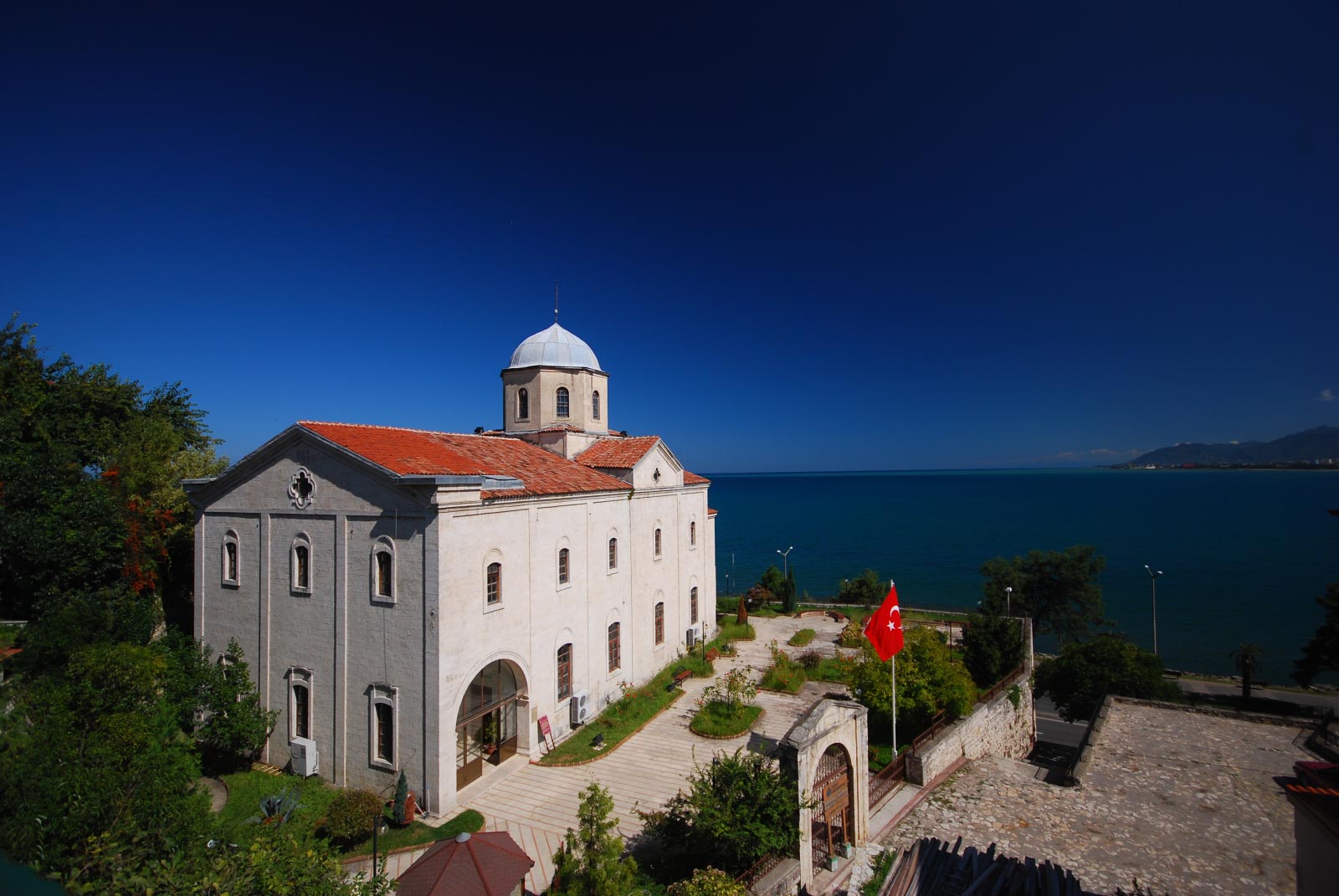
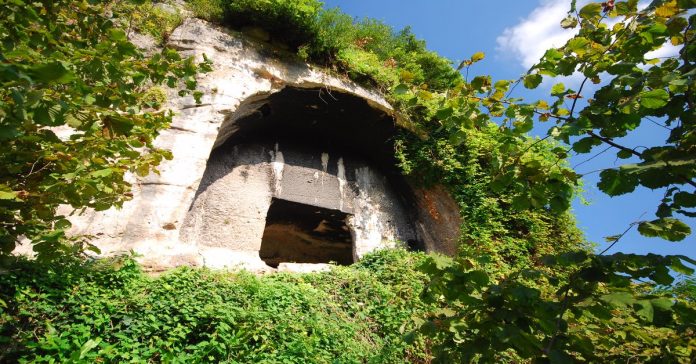

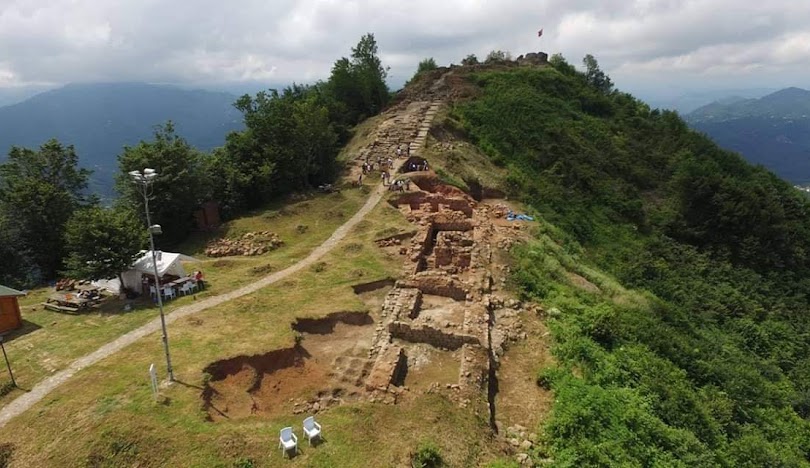


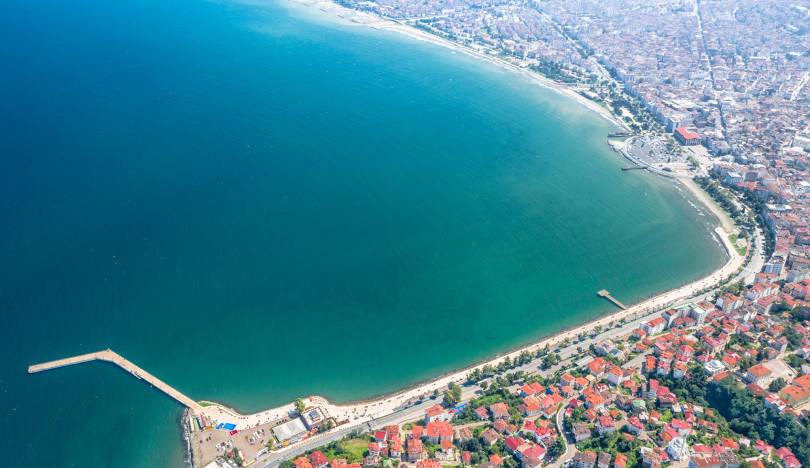
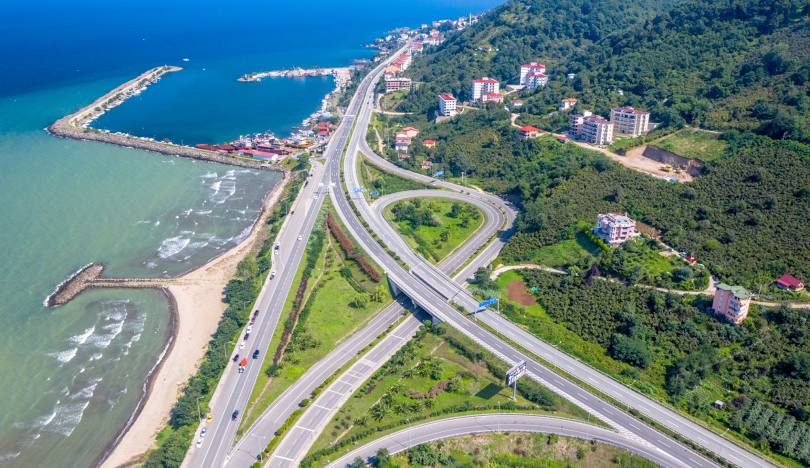

Leave Your Comments